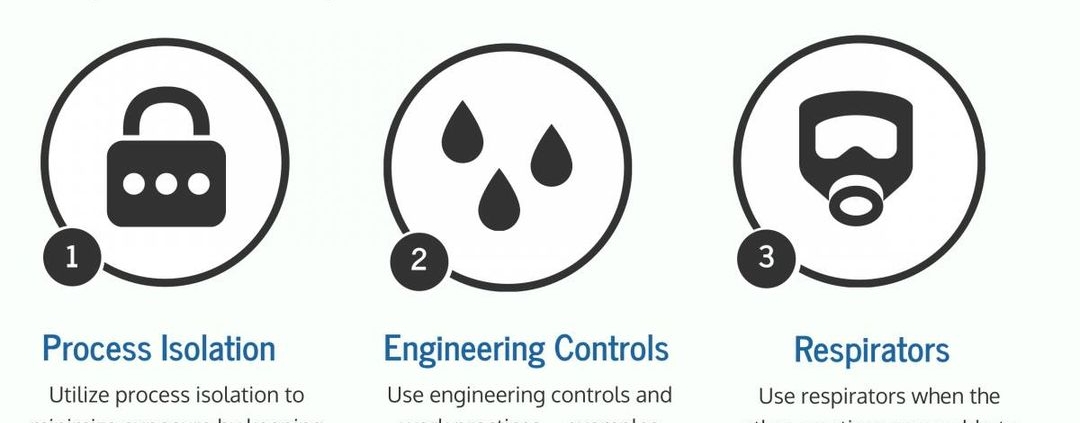Appropriate Clothing for Mosaics
Let’s not kid about … Mosaics can be dangerous.
We only have one body. Like it or not, we can’t get a new one, so best to look after the one we have. When discussing safety, most focus is directed to masks and eye protection, which are undeniably important. Here I’ll go through some of the PPE (Personal Protective Equipment) you should be using. Make sure you have the following in your toolbox. And, more importantly, make sure you use them!
Masks:
A mask is essential. With the advent of COVID-19, we have all become more aware and accepting of masks. However, COVID-19 is not the reason they should be worn when mosaicing.
Silica dust (crystalline silica) is found in some stone, rock, sand, gravel and clay. The most common form is quartz. Silica dust can be found in tiles (ceramic and glass), glass sheets, and concrete.
When these materials are worked on, silica is released as a fine dust known as respirable crystalline silica or silica dust.
Today, all states and territories in Australia have work health and safety laws that explain duty of care for employers and workers’ responsibilities.
Silicosis is a form of occupational lung disease caused by inhalation of crystalline silica dust.
It is marked by inflammation and scarring in the form of nodular lesions in the upper lobes of the lungs. It is a type of pneumoconiosis. Silicosis (particularly the acute form) is characterized by shortness of breath, cough, fever, and cyanosis (bluish skin). It may often be misdiagnosed as pulmonary edema (fluid in the lungs), pneumonia, or tuberculosis.
Silicosis resulted in at least 43,000 deaths globally in 2013, down from at least 50,000 deaths in 1990.
Use an N95 mask when mixing grout or adhesive, and when cutting glass, tile or shell. Work outdoors whenever possible, or have a fan running that can carry the dust away. Remember, just because you can’t see it, doesn’t mean it’s not there!
Safety Glasses:
Glass is sharp (duh!). When you cut it, glass can fly about – in big bits, and in tiny little bits.
The smallest piece in your eye can permanently damage your sight at worst, or at least put you out of action for a few days. I have nearly been blinded by a piece of POLLEN that embedded in my inner eyelid. It was unseen with the naked eye, and only visible with a microscope. Imagine how much worse a glass shard could be?
I wear corrective eyewear, but if I am using power tools, I still cover up with a pair of protective goggles, as shards can come at you from anywhere.
Shoes:
However, I often see photos of people working in open-toed shoes, sandals, or even worse, thongs! Glass can, and does, fly out at all angles. The last thing you need is glass in your feet.
Please wear closed-in shoes at all times when working with glass and tile.
Gloves:
Personally I dislike working in gloves, to be honest, as I tend to lose the feel in my hands. Best practice is to use gloves when working, as glass cuts can bleed a lot!
However, when grouting, I find it best to wear a pair of gloves. I prefer nitrile gloves, and will sometimes double glove, if the piece I am working on has a lot of exterior curves. Grout can get into cuts on your hands, and these can get quite infected if you are not careful.
Aprons:
Whilst useful in protecting clothes, aprons are not traditionally considered a safety item. However, as so many of us wear knitted clothing (T-shirts, tracki-daks etc) to work in, glass shards tend to stick into our clothes. Using a full body apron minimises this, and so you are less likely to traipse shards into your living space if you have an apron. Less for pets and hoomans – big or little – to walk on!
Check out my range of PPE (Personal Protective Equipment) here
For more of my mosaic articles, go here: https://merlinmosaica.com/articles/




Leave a Reply
Want to join the discussion?Feel free to contribute!